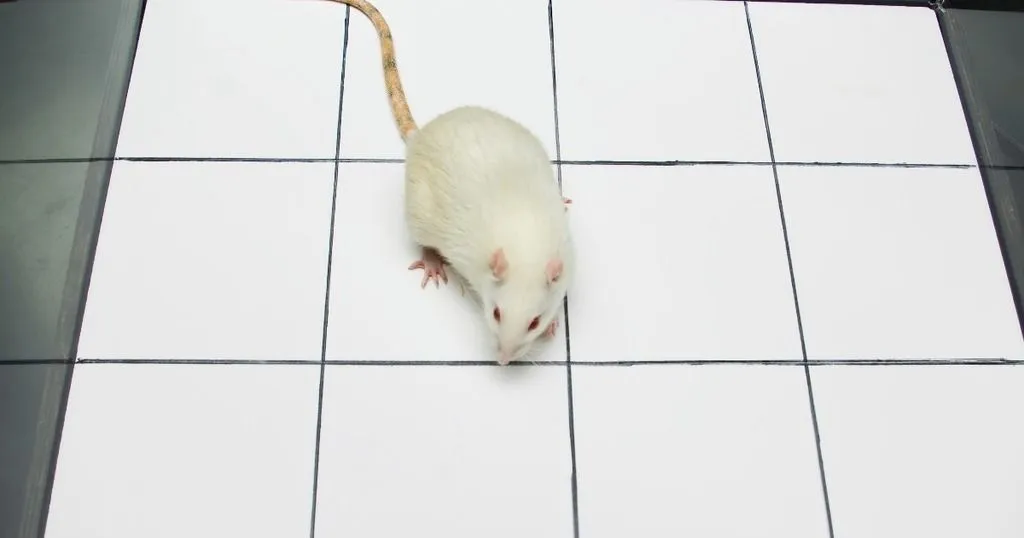NIH Grant Writing Series: Insider Tips for Funding Success - Part 3
In this series of blog posts, Dr William Gerin gives advice on how to choose the right collaborators, craft a compelling Specific Aims page, and prepare pilot data that convinces reviewers your research is feasible, important, and worth funding.
Posted by
Published on
Tue 23 Sep. 2025
Topics
| Behavioral Research | Neuroscience | Psychology | Grants | NIH |

We are honored to welcome guest contributor, Dr. William Gerin, former Professor of Behavioral Medicine at Penn State University. Dr. Gerin is the author of Writing the NIH Grant Proposal: A Step-by-Step Guide, Third Edition (Sage Publishing) .
Finding Collaborators and Building a Strong Proposal
Securing NIH funding isn’t just about having a strong idea. Reviewers want to see that you have the right team, structure, and preliminary evidence to carry out your study. In this post, we’ll explore how to choose collaborators wisely, define your aims effectively, and prepare persuasive pilot data.
Preparation: Finding Collaborators
Finding the right collaborators can make or break your proposal. It’s not always obvious who to invite.
Why collaborators matter:
- They bring name recognition to your proposal.
- They share the workload of writing and running the study.
- They help with analysis and eventual publications.
Who to invite:
- Collaborators with skills you don’t have (e.g., statisticians for sample size and power calculations).
- Senior faculty if you are a new investigator. This reassures reviewers that you have experienced backup.
- Colleagues who are credible in the eyes of reviewers.
What to avoid:
- Inviting people who don’t truly add value. Reviewers will notice unnecessary names.
- Overcommitting to friends if their role won’t be meaningful.
- “Uninviting” people later, which is awkward and unprofessional.
Pro tip: Ask yourself, will I still want to work with this person once I’m funded? If the answer is no, think twice before adding them.
The Power of the Specific Aims Page
The Specific Aims page is often the only part of your proposal that every reviewer will read! This means that you only have one page to tell your story. A strong aims page should:
- Define the health problem clearly.
- Summarize what has been done before (and cite strategically).
- Show how your proposal improves on past work.
- Provide methodological details, including statistical approach.
- Explain why your research matters, and do so with enthusiasm.
Doing Your Homework with NIH Tools
Before writing, use NIH RePORTER to study funded applications in your field. This shows you what NIH values and helps you refine your proposal. Also, decide early which Institute your application should go to, and which study section is the best fit. Reviewers are assigned from these panels, and citing their work when relevant demonstrates awareness and credibility.
Pilot Data: Your Most Persuasive Evidence
Pilot data convinces reviewers that you:
- Know how to carry out the study.
- Are using current theories and methods.
- Have institutional support.
- Already see trends consistent with your hypothesis.
Pro tip: Don’t over-collect data. If you already have statistically significant findings, reviewers may ask: Why do you need a grant at all? Instead, aim to show promising trends without “giving away the punchline”.

WRITE BETTER PROPOSALS — GET YOUR FREE GUIDE
We offer resources to locate funding sources and assist with the grant writing process, with no cost or commitment to you!
Download for freeConclusion
Strong proposals combine strong people, strong planning, and strong evidence. By choosing collaborators carefully, structuring your aims page with precision, and presenting persuasive pilot data, you’ll inspire reviewer confidence and strengthen your chances of success. At Noldus, we know the process can be challenging. That’s why our Grant Assistance Program provides guidance on behavioral protocols, tasks, and making the most of your Noldus system.
Related Posts

Does well plate size matter? A methodological study in zebrafish
